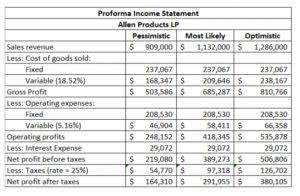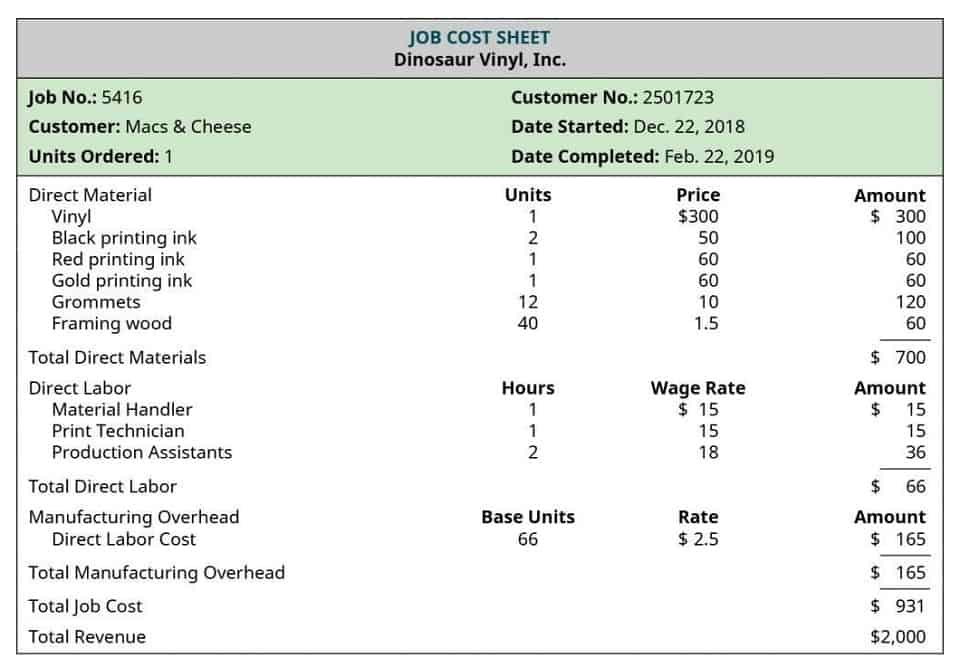
The disposition of a U.S. real property interest by a foreign person (the transferor) is subject to the Foreign Investment in Real Property Tax Act of 1980 (FIRPTA) income tax withholding. If you are the transferee/buyer, you must find out if the transferor is a foreign person. If the transferor is a foreign person and you fail to withhold, you may be held liable for the tax. For cases in which a U.S. business entity such as a corporation or partnership disposes of a U.S. real property interest, the business entity itself is the withholding agent. You are a withholding agent for purposes of chapter 4 if you are a U.S. or foreign person, in whatever capacity acting, that has control, receipt, custody, disposal, or payment of a withholdable payment.
How to Pay International Contractors: 5 Best Ways
Some independent contractors require upfront payments, wherein their clients must pay for their services in full before starting the project. Although this minimizes the risk of not getting paid for the contractor, it increases the risk for the client. If the work provided is incomplete or you’re not satisfied with the result, it can be a hassle to get a refund, and you may need to hire legal help to solve the dispute. When managing payments to international contractors, it’s essential to choose a platform that offers reliability, compliance, and efficiency. Playroll is one such platform that provides global payroll solutions tailored for international payments. An Independent Contractor is a self-employed individual hired to perform specific tasks or projects for a company under a contract agreement, rather than being an employee on the payroll.
- This guide provides a comprehensive summary of 1099 reporting for foreign contractors.
- When you partner with a contractor overseas, you’re not just responsible for your own country’s tax laws, as you also have to consider the regulations of the contractor’s home country.
- According to the IRS, the location where the work is performed determines the source of the income for tax purposes.
- More than 50% of US workers are engaged in the gig economy, which is growing rapidly.
Withholding Obligations

Understand the regulations of both your country and the contractor’s country. Another important consideration when making foreign contractor payments is the currency exchange rate. Fluctuations in exchange rates can have a significant impact on how to pay international contractors the amount of money received by the contractor, so it is important to stay informed and consider using hedging strategies to mitigate the risk. To pay an international company, you need to see what payment method the company accepts.
Collect the required tax form
You can then hold foreign currency balances and use them to pay bills internationally in future, or switch back to pounds when you want to within the account. Some banks also offer multi-currency accounts for business customers, but typically these options are more restricted with high minimum balance amounts, and costly fees. Before you get started, be sure to check out the costs of an international wire, which can include an admin fee, cable charges, SWIFT/BIC fees and a markup on the exchange rate. Nonetheless, you should still have them (the foreign contactor) complete Form W-8BEN – which is the applicable foreign contractor tax form for individuals, or W-8BEN-E – foreign contractor tax form for entities. But, before you hire the next overseas https://duosenses.ca/blog/cost-control-and-cost-reduction-ibrahim-rihan-pdf freelancer you come across, keep in mind that there’s a right way to do it.

🏦International Payment Structures: Why Are Companies Considering Them?

It also has an area to claim benefits under one of the United States’ many tax treaties with foreign countries. Understanding and adhering to these regulations is crucial for maintaining a good business relationship with your contractors. Knowing when to use forms like Form W-8BEN-E can help ensure tax compliance. Even when some forms aren’t required (e.g., Form 1099 isn’t needed for international contractors), you can still generate them for your operations and use them to resolve disputes or IRS issues. Setting clear payment terms protects you and international contractors, ensures smooth transactions, and fosters long-lasting professional relationships. Now that you know how to pay international contractors, we’ll give you four expert tips that will help you significantly improve your global payroll management.

Foreign independent contractors contribute across diverse industries in various capacities. According to a recent report, roles in AI programming, marketing, project management and web design saw significant demand and growth. Other fields highlighted for international contractors included graphic design, content creation, automation, and translation services. The form confirms that the contractor isn’t a U.S. citizen and isn’t working within the United States. If both of these things are true, the contractor isn’t subject to American taxes. Without this form, you must withhold 30% of your payments to foreign contractors for taxes.
This is a wire payment that transfers funds from the organization’s bank to the contractor’s bank through the Society for Worldwide Interbank Financial Telecommunication (SWIFT) network. A wire transfer is a secure and convenient way to ensure that payment is directly deposited into the contractor’s account in their country of residence. Yes, payments to foreign contractors may be taxable depending on the tax laws of the contractor’s country. It is crucial to consult with a tax professional to understand the tax implications and ensure compliance with local and international tax regulations. Payoneer is another popular platform for paying international contractors. It supports multiple payment methods, including bank transfers and prepaid debit cards, making it a flexible solution for businesses bookkeeping of all sizes.
- Be aware of intermediary bank fees and other hidden costs that can add up over time.
- If the work is happening inside the United States, however, it is US source income and is handled differently for taxpayer purposes.
- U.S. companies should not withhold taxes from money paid to independent contractors working overseas.
- Wiring money internationally is not a very cost-effective method of payment, because both the sending and receiving banks charge high fees.
- Nonetheless, you should still have them (the foreign contactor) complete Form W-8BEN – which is the applicable foreign contractor tax form for individuals, or W-8BEN-E – foreign contractor tax form for entities.
- Therefore, even if a foreign person works for a US company, the income he or she receives is not US source income as long as service is performed outside of the US.
Tax obligations
EU countries, for instance, require that you pay a minimum of four weeks’ worth of paid vacations and holidays for every calendar year. In order to prepare Form 1099-NEC, the company needs to request the contractors fill out and sign Form W-9, Request for Taxpayer Identification Number and Certification. The best practice is the company should obtain Form W-9 from contractors when the company starts engaging them to perform the services. If you are the employer of a nonresident alien employee, you may have to withhold taxes at graduated rates. Hiring foreign contractors can bring diverse perspectives and innovative ideas to a startup.
Best Ways to Pay International Contractors
That said, it’s definitely still the wild west in some ways, so it’s not for everyone. An international contractor, also known as a foreign or global contractor, is typically a self-employed individual or business based in one country while working remotely for a client or company in another. Instead, they’re responsible for handling their own taxes, social contributions, and compliance with the labor laws of their home country.

Leave A Comment